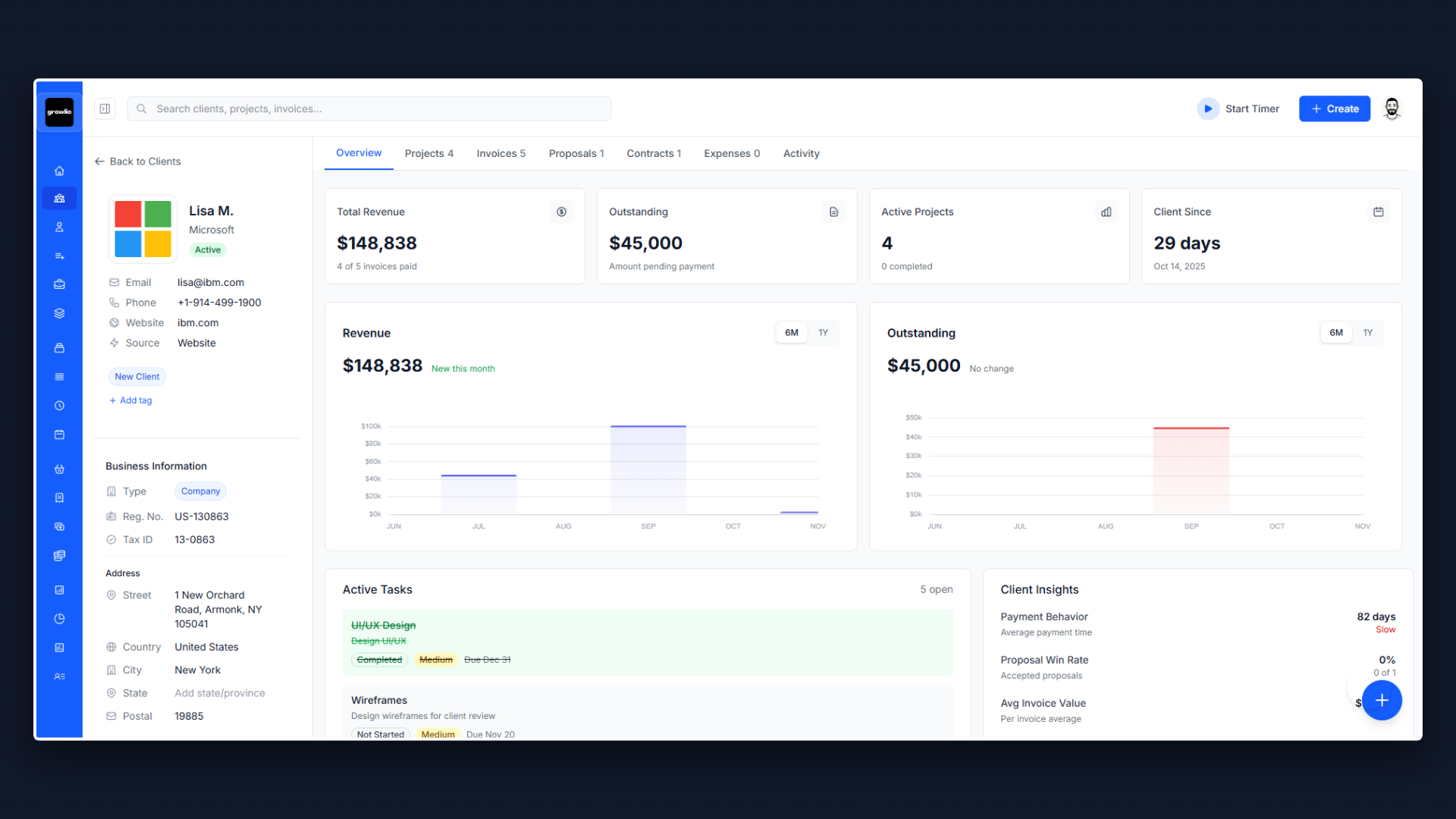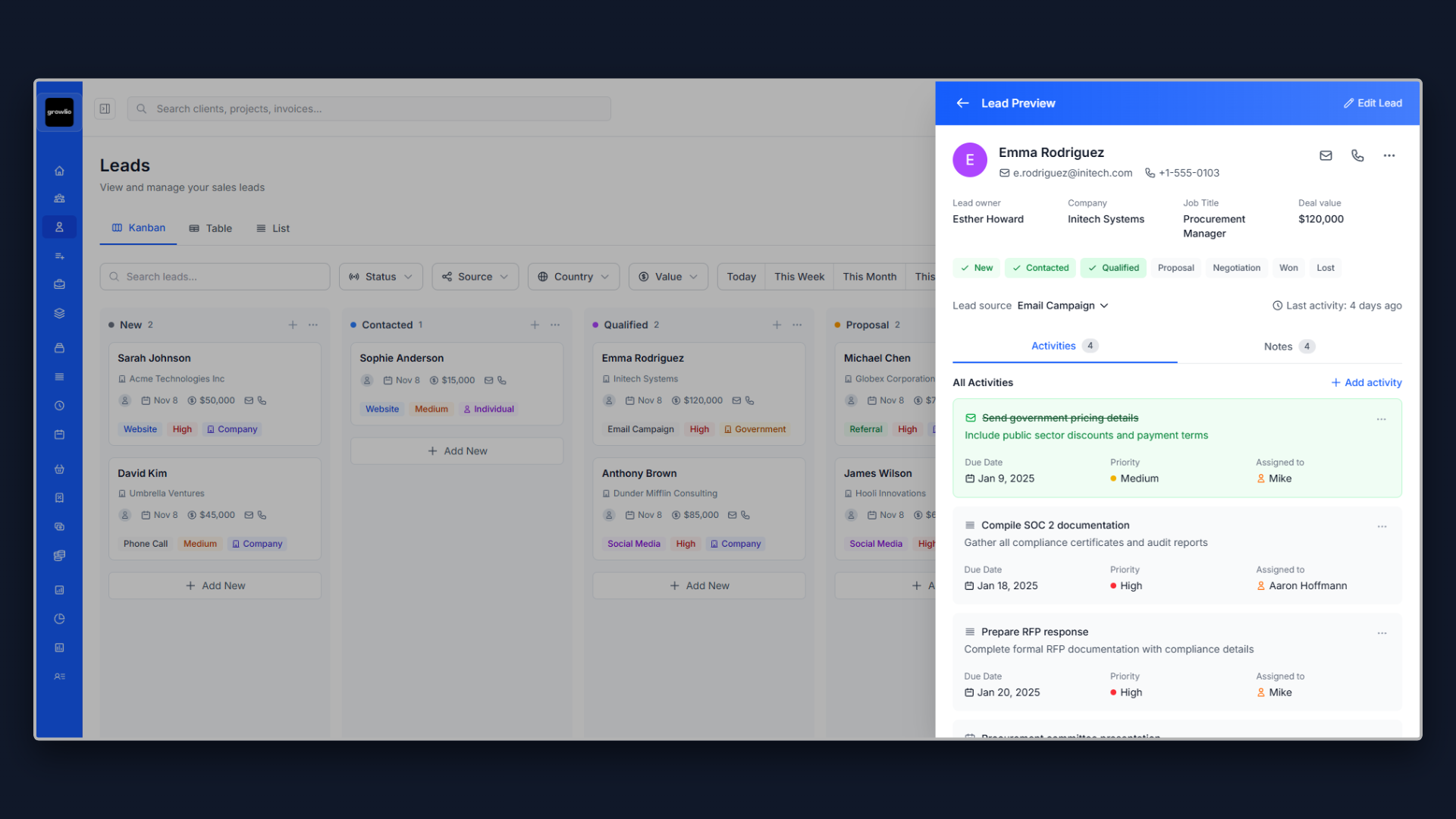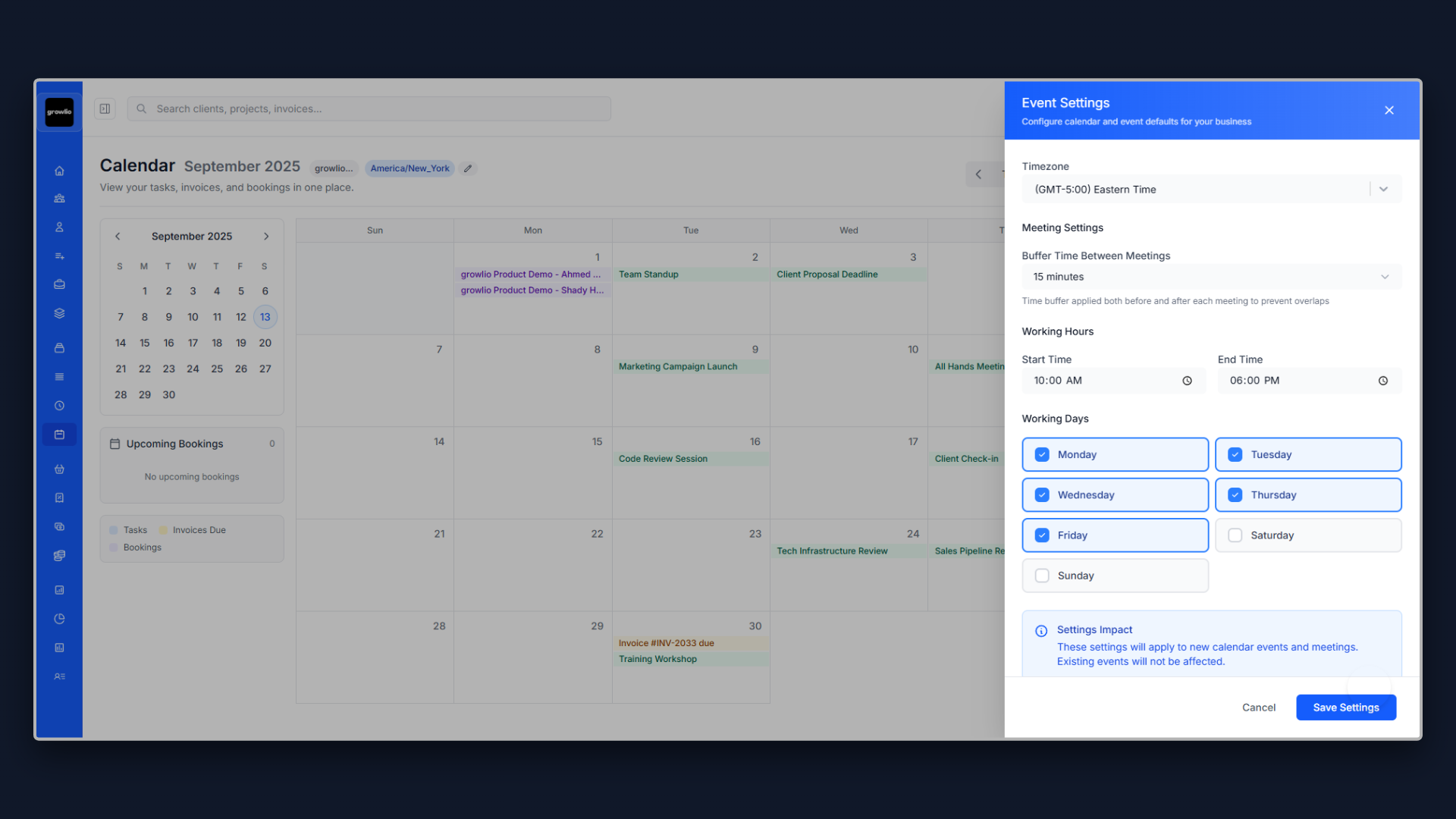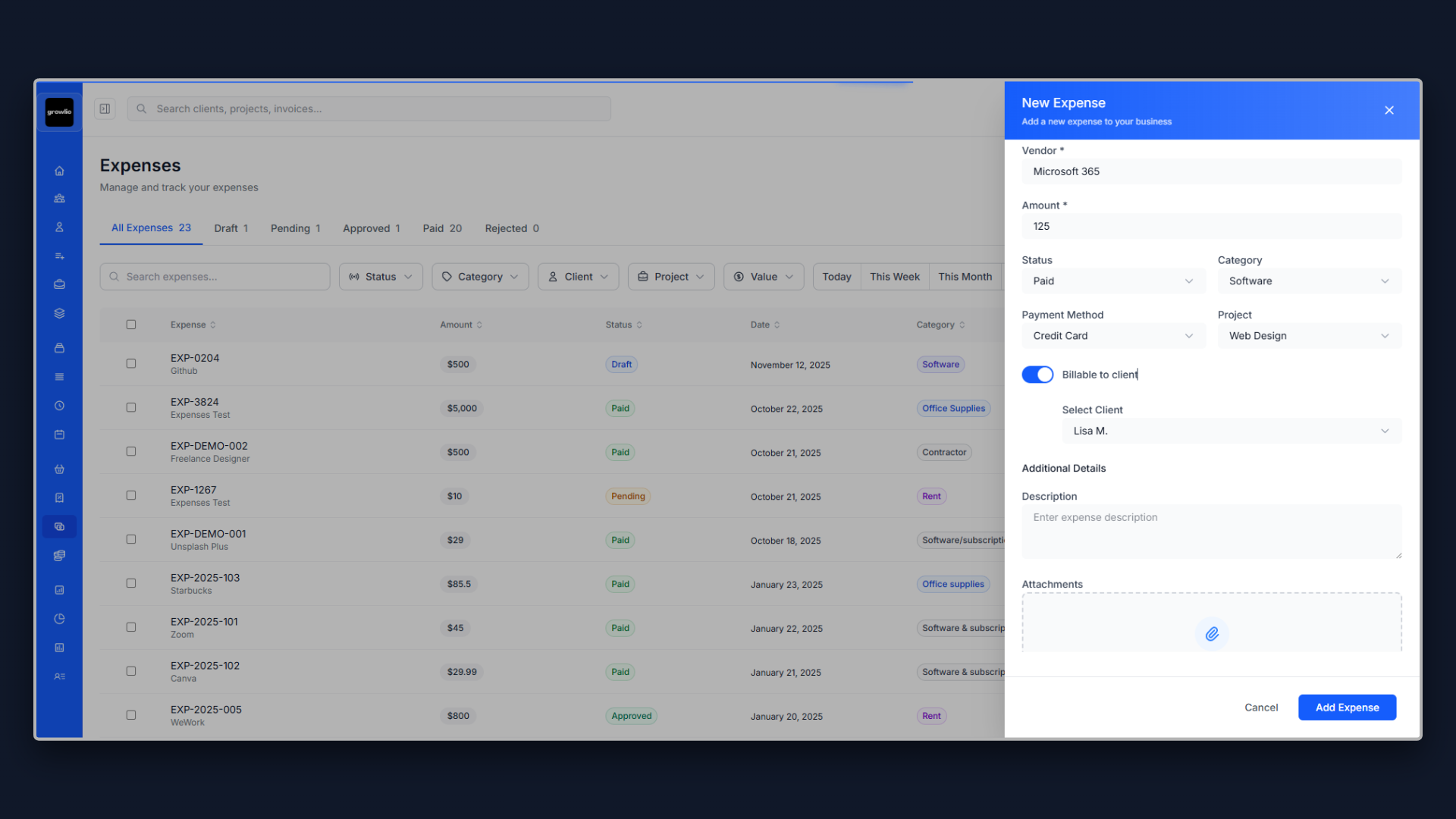1. Understanding Interior Design Proposal Essentials
Interior design proposals bridge the gap between a client's vision and the reality of a beautifully designed space. A compelling proposal demonstrates your understanding of their aesthetic preferences, functional needs, and budget constraints while showcasing your design expertise and process. For interior designers, the proposal is often the first tangible evidence of your ability to translate ideas into actionable plans, setting the foundation for a successful client relationship and project execution.
2. Defining Project Scope and Design Services
Clearly defining the scope prevents misunderstandings and ensures both parties have aligned expectations. Specify which rooms or areas are included in the design, detail the level of service (concept only, design and procurement, or full-service including installation), outline the number of design concepts and revisions included, and establish boundaries around structural work, contractor coordination, and project management. Include details about square footage, existing conditions, special requirements like accessibility or sustainability goals, and whether the project involves new construction, renovation, or furnishing an existing space.
3. Design Process and Methodology
Clients want to understand your creative process and how you work. Outline your approach from initial consultation and space assessment through concept development, design refinement, specification, procurement, and installation. Explain how you gather inspiration, develop mood boards and design concepts, incorporate client feedback, source materials and furnishings, coordinate with contractors and vendors, and manage the installation process. This transparency demonstrates professionalism and helps clients understand what to expect at each stage, building confidence in your ability to deliver their dream space.
4. Space Planning and Functional Considerations
Great interior design balances aesthetics with functionality. Address how you approach space planning to optimize traffic flow, furniture placement, and room functionality. Discuss how you consider the client's lifestyle, daily routines, entertaining needs, storage requirements, and future flexibility. Explain your process for measuring spaces, creating floor plans, and ensuring furniture and fixtures fit properly. This section demonstrates that your designs are not just beautiful but also livable and tailored to how the client actually uses their space.
5. Design Concept Development and Presentation
Describe how you develop and present design concepts. Explain the deliverables clients can expect: mood boards showing color palettes, materials, and style direction; floor plans indicating furniture placement and spatial flow; elevations or 3D renderings visualizing the finished space; material and finish samples for tactile review. Detail how many initial concepts you provide, your revision process, and how you refine designs based on client feedback. Strong presentation materials help clients visualize your vision and make informed decisions about design direction.
6. Material Selection and Sourcing
One of the most valuable aspects of working with an interior designer is access to quality materials, furnishings, and trade resources. Explain your approach to selecting fabrics, finishes, furniture, lighting, window treatments, and accessories that align with the design concept, meet quality standards, and fit within budget. Discuss your relationships with vendors and showrooms, whether you provide trade discounts or mark up purchases, and how you handle ordering, receiving, and quality control. Transparency about sourcing and pricing builds trust and demonstrates the value you provide.
7. Budget Development and Cost Management
Budget is often the most sensitive aspect of interior design projects. Clearly explain your fee structure (flat fee, hourly rate, percentage of project cost, or combination), what is included in your design fee versus product costs, how you handle purchasing and procurement fees, and payment schedule tied to project milestones. Provide a realistic estimate of total project investment including design fees, furnishings, materials, labor, and contingency. Help clients understand where money will be spent and how you work to maximize value while achieving design goals. Transparent budgeting prevents unpleasant surprises and scope disputes.
8. Project Timeline and Milestones
Interior design projects involve multiple phases and dependencies that affect timeline. Provide a realistic schedule broken down by key milestones: initial consultation and space assessment, concept development and presentation, design refinement and final approval, specification and ordering, fabrication and lead times for custom items, delivery and receiving, and installation and styling. Factor in typical lead times for furniture (8-16 weeks), custom window treatments (6-12 weeks), upholstery (8-14 weeks), and other long-lead items. A detailed timeline helps clients plan their schedules and understand why quality design takes time.
9. Coordination with Contractors and Trades
Many interior design projects require coordination with contractors, painters, electricians, carpenters, and other trades. Clarify your role in this process: whether you provide referrals to trusted contractors, review bids and proposals, create specifications and drawings for contractors, attend job site meetings, review work quality, or manage the overall construction process. If the project involves renovations or custom millwork, explain how you coordinate design intent with contractor execution. This coordination ensures the design vision is properly implemented and prevents miscommunication between parties.
10. Installation, Styling, and Project Completion
The installation phase brings your design to life. Describe how you manage furniture delivery, coordinate installation schedules, oversee placement and arrangement, handle any damages or issues with delivered items, and complete final styling with accessories, art, and finishing touches. Explain your process for the final walk-through, addressing punch list items, and ensuring client satisfaction. Discuss post-project support, whether you offer maintenance guidance, seasonal refresh consultations, or assistance with future additions. A smooth installation and thoughtful completion process leaves clients delighted and generates referrals for future projects.









